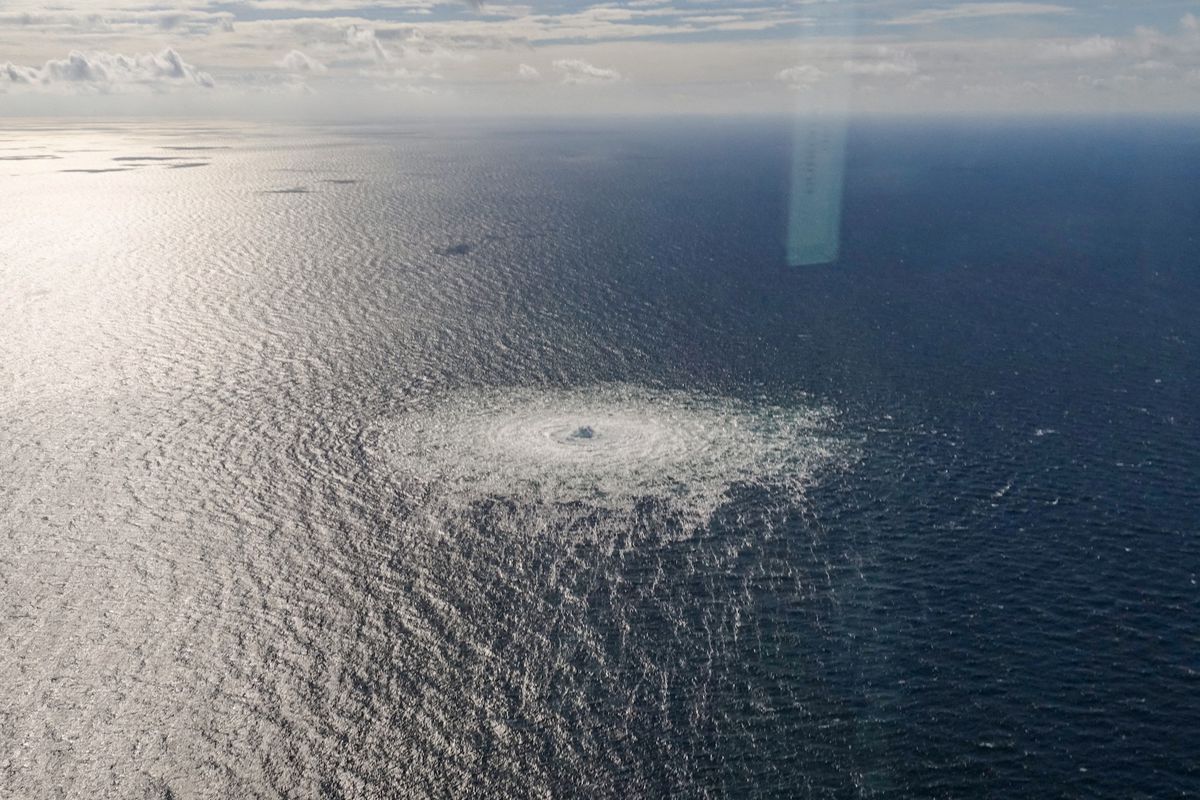Investigations are underway into unexplained leaks reported earlier this week that are affecting both the Nord Stream 1 and 2 pipelines, which bring natural gas from Russia to Europe via the Baltic Sea.
While neither of the two breached Nord Stream pipelines was operational, both contained natural gas, and scientists fear that methane erupting from the burst Nord Stream pipelines into the Baltic Sea could be one of the worst natural gas leaks ever and pose significant climate risks.
Today, a new leak was discovered on underwater gas pipelines, bringing the total number of ruptures to four, Bloomberg reported, quoting the Swedish Coast Guard’s Command Center.
Who did it?
Amid finger pointing and denials, European leaders are convinced the incident is an act of sabotage carried out by Russia. The leaks were caused by what scientists believe were explosions under the water that registered on the Richter scale.
Kremlin spokesmen called these accusations predictable, stupid and absurd that Russia would attack its own pipelines. The Kremlin wants Gazprom, who helps run both these pipelines, to be allowed to join the investigation into what happened. And Russia says it wants to convene a meeting of the U.N. Security Council because of this.
Russian-state-run media has also hinted the US is behind this. In response, a senior US official said that blame is “preposterous.”
Two leaks are in Sweden’s exclusive economic zone, and two in Denmark’s economic zone, Swedish newswire TT reported.
It’s interesting to note that the underwater explosions took place just outside the territorial waters of Denmark, which is clearly outside the territory of NATO. Also, the owners of the pipelines, companies based in Russia and Switzerland, are not headquartered in NATO countries. So both the location of the explosions and the property damaged would not, under NATO’s rules, legally justify any kind of NATO or Western military response.
What’s the climate impact?
Germany has estimated that about 300,000 metric tons of methane, one of the most powerful greenhouse gases, has entered the atmosphere as a result of the leak, Bloomberg reported. To put that into context, that amount of the gas would have roughly the same climate impact over a 20-year period as the annual emissions from about 5.48 million US cars.
The methane emissions will be equal to about 32% of Denmark’s annual greenhouse-gas discharges, Kristoffer Bottzauw, head of the Danish Energy Agency, said in a briefing on Wednesday in Copenhagen.
Estimating the precise amount of methane that has escaped into the atmosphere is an extremely challenging task. Many so-called super-emitting events ― large continuous discharges of methane ― are captured by satellite imagery over land-based pipelines or fossil-fuel production sites. But capturing accurate data over water, is far more challenging given light reflects off the surface.
There are a number of other key uncertainties such as how much gas was in the pipelines at the time, what temperature and pressure it was being held at, and just how big the size of the rupture in the pipes was, according to Bloomberg.
Despite that, scientists have estimated that around 115,000 metric tons of methane has escaped from the leaks.
Russia’s state-owned gas giant Gazprom declined to comment on the leaks when approached by Reuters while Nord Stream AG, the network operator, said in a statement reported by Reuters that “the destruction that occurred on the same day simultaneously on three strings of the offshore gas pipelines of the Nord Stream system is unprecedented.”

